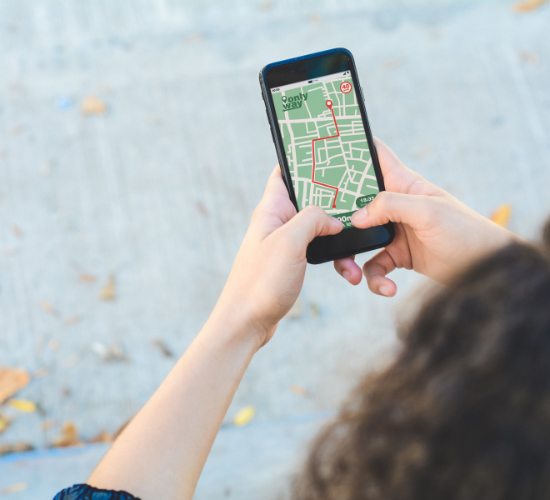In the complex and often stressful environment of healthcare facilities, finding one’s way can be a daunting task. Wayfinding, the process of guiding individuals from one point to another, is a critical aspect of healthcare design. With the introduction of modern wayfinding solutions, the healthcare industry is experiencing a transformation in the way patients, visitors, and staff navigate these intricate environments. In this article, we will explore the significance of wayfinding solutions in healthcare settings and how they are improving the patient experience.
The Challenges of Healthcare Wayfinding
Healthcare facilities, such as hospitals and medical centers, are often sprawling complexes with multiple buildings, floors, and departments. Navigating these environments can be overwhelming, especially for patients and visitors dealing with anxiety or health-related concerns. Common challenges include:
- Complex Layouts: The layout of healthcare facilities can be intricate, with numerous corridors, wings, and departments that may look similar.
- Stressful Situations: Patients and visitors may be under emotional stress, making it even more crucial to provide clear and easy-to-follow directions.
- Time Sensitivity: In emergencies or critical situations, every second counts. Efficient wayfinding can significantly impact patient outcomes.
The Role of Wayfinding Solutions
Modern wayfinding solutions leverage technology and design principles to address these challenges and enhance the healthcare experience. Here’s how they are making a difference:
1. Digital Signage and Interactive Maps
- Digital Signage: Hospitals are adopting digital signs that display real-time information, including directions to departments, waiting times, and emergency alerts. These signs are dynamic and can be updated as needed.
- Interactive Maps: Touchscreen kiosks and mobile apps provide users with interactive maps that help them find their way and locate specific services or amenities.
2. Indoor Positioning Systems (IPS)
- Bluetooth Beacons: IPS technology uses Bluetooth beacons to track users’ locations within a facility. This enables personalized directions on mobile apps, guiding users step by step to their destination.
- GPS Indoor Navigation: Some healthcare facilities offer GPS-like navigation for indoor spaces, ensuring accurate guidance even when GPS signals are weak.
3. Mobile Apps
- Hospital Apps: Many hospitals now offer mobile apps that include wayfinding features. Users can input their destination, and the app provides turn-by-turn directions, estimated walking times, and information on nearby facilities.
- Appointment Reminders: Some apps can also send appointment reminders and provide information about parking availability and registration.
4. Clear and Consistent Signage
- Wayfinding Signage: Traditional signage is not forgotten. Clear, well-placed signs with standardized symbols and colors remain essential for guiding individuals through healthcare facilities.
- Multilingual Signage: In multicultural settings, multilingual signage helps ensure that language is not a barrier to navigation.
The Impact on Patient Experience
Effective wayfinding solutions in healthcare have a profound impact on the patient experience:
- Reduced Stress: Patients and visitors experience less stress when they can easily find their way, leading to improved overall satisfaction.
- Efficiency: Efficient wayfinding can help streamline operations, reduce wait times, and ensure that medical staff can reach patients promptly.
- Safety: In emergencies, clear wayfinding can be a matter of life and death. It ensures that patients and staff can quickly evacuate or respond to critical situations.
Case Study: St. Mary’s Medical Center
St. Mary’s Medical Center, a renowned healthcare facility, implemented a comprehensive wayfinding solution that included digital signage, a mobile app, and IPS technology. The results were remarkable:
- A 20% decrease in patient complaints related to navigation issues.
- A 15% improvement in patient satisfaction scores, specifically regarding the ease of finding their way within the hospital.
Conclusion
Wayfinding solutions in healthcare are transforming the patient and visitor experience. They not only provide clear directions in complex environments but also reduce stress, enhance efficiency, and improve overall satisfaction. As technology continues to advance, healthcare facilities that invest in modern wayfinding solutions will reap the benefits of improved patient outcomes and a positive reputation for years to come.









































